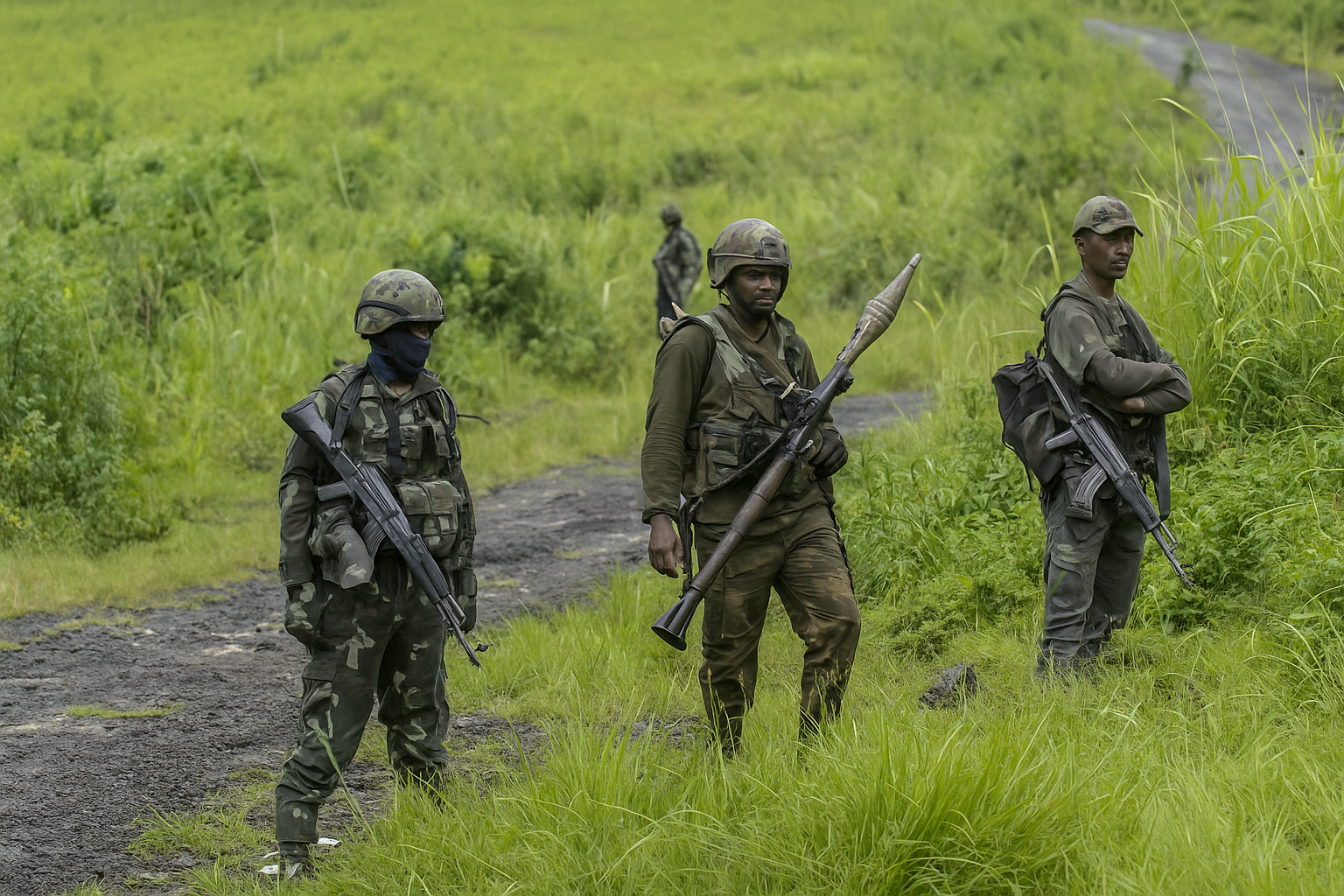



.png)
.png)
Copyright infringement not intended
Picture Courtesy: https://www.aseanbriefing.com/news/asean-india-trade-in-goods-agreement/
Context: Representatives from India and all 10 ASEAN nations participated in the 3rd AITIGA Joint Committee meeting in New Delhi, with the objective of reviewing progress in negotiations and updating the work program for the ongoing review process.
About ASEAN-INDIA Trade in Goods Agreement (AITIGA)
|
What is AITIGA? |
●The ASEAN-India Trade in Goods Agreement (AITIGA) is a free trade agreement (FTA) signed in 2009 between India and the 10 member states of the Association of Southeast Asian Nations (ASEAN). ●It aims to liberalize trade in goods between the two regions, promoting economic growth and development. |
|
Objectives: |
●Reduce and eliminate tariffs on most goods traded between India and ASEAN countries. ●Facilitate trade through simpler customs procedures, harmonized standards, and improved transparency. ●Increase market access for goods and services. ●Attract foreign investment and promote regional economic cooperation. |
|
Key Features: |
●Tariff Reductions: AITIGA provides for the phased reduction and eventual elimination of tariffs on over 90% of traded goods within a specified timeframe. ●Non-Tariff Barriers (NTBs): The agreement addresses NTBs like technical regulations, sanitary and phytosanitary measures, and customs procedures to ensure smoother trade flow. ●Rules of Origin: AITIGA establishes clear rules to determine the origin of goods and ensure they qualify for preferential treatment. ●Safeguard Measures: Provisions exist to protect domestic industries from sudden surges in imports. ●Dispute Settlement: A mechanism is available for settling trade disputes between India and ASEAN member countries. |
|
Current Status: |
●AITIGA is undergoing a comprehensive review launched in September 2022 to make it more trade-facilitative and mutually beneficial. ●The review process involves eight Subcommittees focusing on various policy areas like tariffs, NTBs, rules of origin, and trade facilitation. ●The 3rd meeting of the AITIGA Joint Committee in February 2024 reviewed progress and outlined further work. ●Completion of the review is targeted for 2025. |
3rd AITIGA Joint Committee meeting
Key Discussions and Outcomes
Potential Implications and Benefits
Challenges and Considerations
Way Forward
Conclusion
Must Read Articles:
20th ASEAN-INDIA SUMMIT AND THE 18th EAST ASIA SUMMIT: https://www.iasgyan.in/daily-current-affairs/20th-asean-india-summit-and-the-18th-east-asia-summit
|
PRACTICE QUESTION Q. India actively promotes its position as a leading democracy in Asia. However, concerns exist about its internal human rights record and its stance on democratic backsliding in other Asian countries. How can India reconcile its challenges with its aspirations for regional leadership on democratic values? Answer Structure: ●Start by acknowledging India's commitment to democratic principles and its aspirations for regional leadership in promoting these values in Asia. ●Acknowledge the existence of concerns regarding India's internal human rights record and its perceived stance on democratic backsliding in other Asian countries. ●Emphasize the importance of addressing internal challenges and improving India's democratic institutions and practices. Discuss the need for robust mechanisms to safeguard human rights, promote the rule of law, and ensure accountability within India. ●Stress the importance of maintaining consistency in India's foreign policy approach towards promoting democratic values regionally. Discuss the need for India to align its external actions with its domestic principles, demonstrating a commitment to upholding democratic norms. ●Advocate for dialogue, engagement, and diplomacy as tools to address concerns about human rights and democratic backsliding both domestically and regionally. Highlight the significance of constructive engagement with other Asian countries to encourage democratic reforms while respecting their sovereignty. |


© 2025 iasgyan. All right reserved